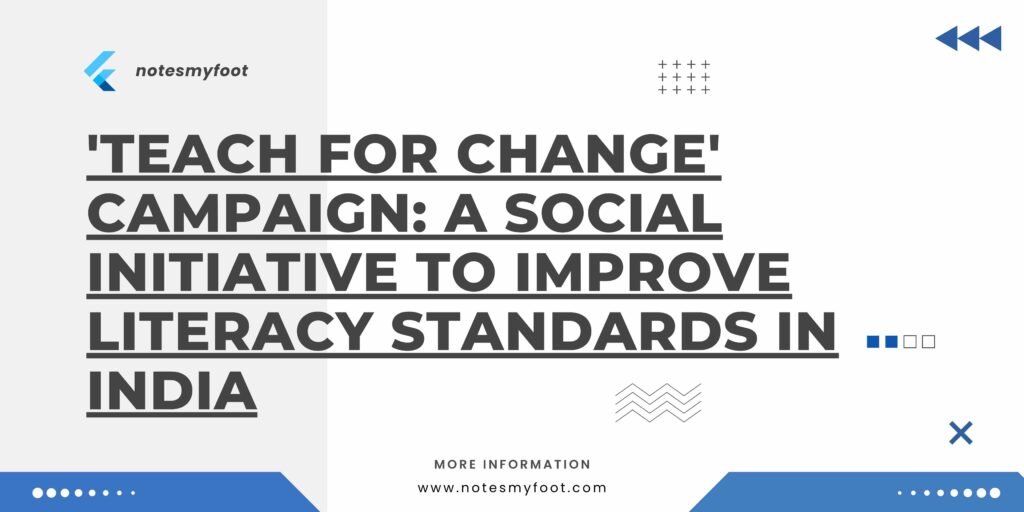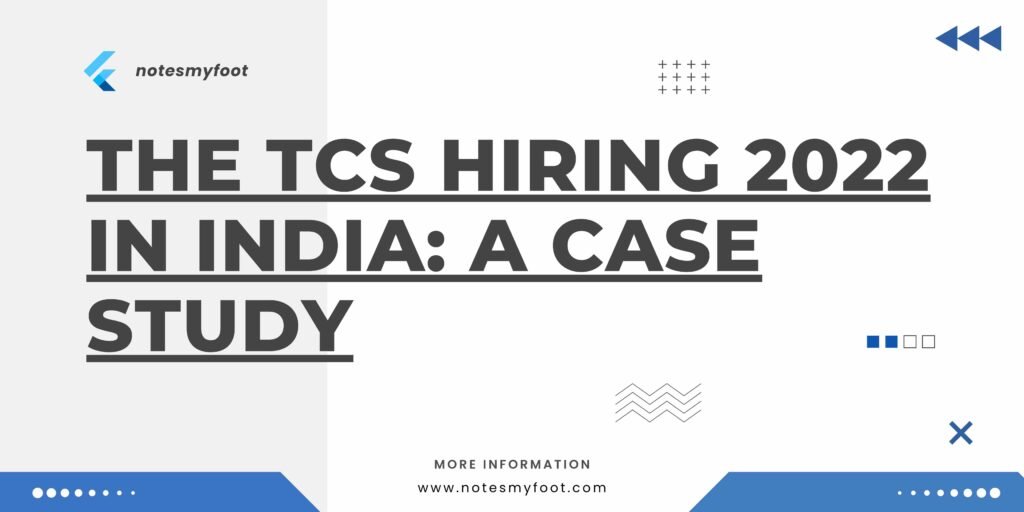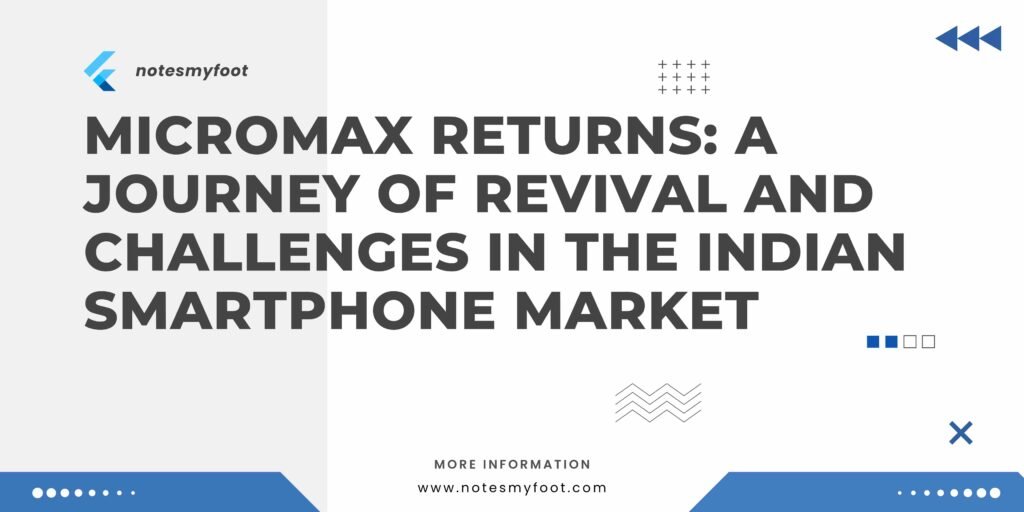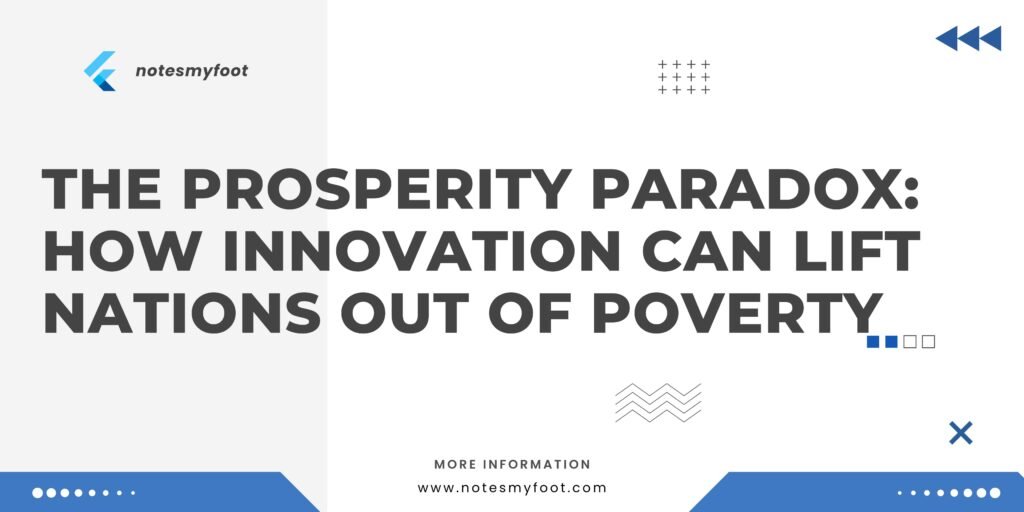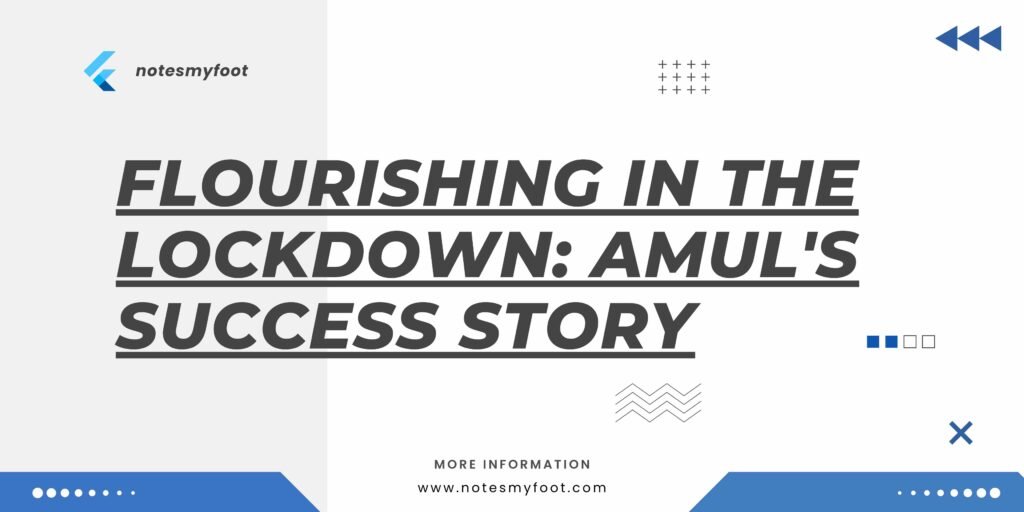
Amul's success during the lockdown: Flourishing in the Lockdown
The COVID-19 pandemic has brought about unprecedented challenges for businesses across the world. However, amidst these testing times, Amul, India’s leading dairy cooperative, has managed to thrive and adapt. In this blog post, we will explore Amul’s success during the lockdown how Amul unlocked new opportunities during the lockdown, navigating the hurdles and emerging as a shining example of resilience and innovation.
Background:
Amul, known for its wide range of dairy products, has a rich history of serving consumers for decades. With a strong presence in both urban and rural areas, the cooperative has built a loyal customer base over the years. This established foundation became the launching pad for Amul’s surge during the lockdown.
Navigating the Lockdown:
As the lockdown measures were implemented, consumer behavior underwent a significant shift. With people staying at home, the demand for essential commodities skyrocketed. Recognizing this trend, Amul swiftly adapted its operations to meet the changing needs of consumers and made Amul’s success during the lockdown .
Consumer Behavior:
During the lockdown, consumers prioritized health and safety, seeking trusted brands like Amul. With increased health consciousness, the demand for nutritious dairy products surged. Amul capitalized on this opportunity by ramping up production and focusing on product innovation to cater to the evolving preferences of consumers.
Uninterrupted Supply Chain:
Amul, known for its robust supply chain management, ensured uninterrupted delivery of its products even during the lockdown. The cooperative implemented stringent safety measures to protect its workforce while maintaining the seamless flow of goods from farm to shelf. This dedication to maintaining a reliable supply chain played a crucial role in sustaining Amul’s success.
Incentives and Safety Measures:
To motivate and support its network of farmers and distributors, Amul introduced various incentives and safety measures. From providing financial assistance to ensuring the safety of its workforce, Amul stood by its stakeholders during these challenging times. This approach not only strengthened its relationships but also garnered trust and loyalty from its partners.
Media Promotion:
Amul leveraged the power of media promotion to stay connected with its consumers. Through engaging and relatable advertisements, Amul communicated messages of solidarity, hope, and resilience. These campaigns struck a chord with consumers, further enhancing the brand’s reputation and recall value.
Online Sales:
Recognizing the surge in online shopping, Amul swiftly expanded its presence in the e-commerce space. The cooperative collaborated with various online platforms, making its products easily accessible to consumers even amidst the lockdown. This strategic move helped Amul tap into a wider customer base and boost its sales.
Conclusion: Amul's success during the lockdown
Amul’s success during the lockdown serves as a shining example of how businesses can adapt and thrive even in the face of adversity. By understanding consumer behavior, maintaining an uninterrupted supply chain, implementing incentives and safety measures, leveraging media promotion, and embracing online sales, Amul not only ensured business continuity but also reinforced its position as a trusted and resilient brand. As we navigate the uncertain times ahead, Amul’s journey serves as an inspiration for businesses worldwide to innovate, adapt, and flourish. Also check out Quikr’s Diversification Strategy Exploring Opportunities and Challenges in the Online Portal Industry.


